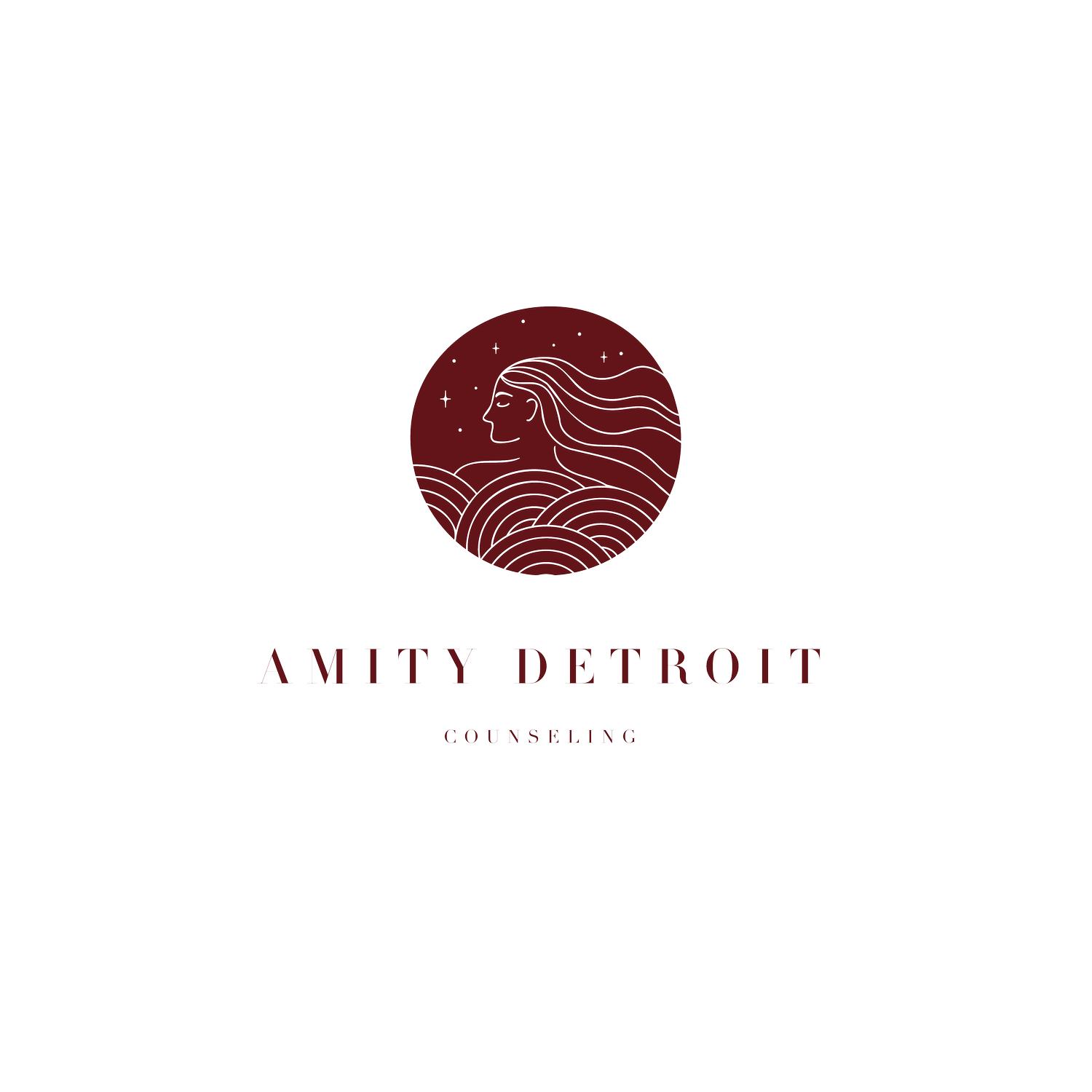What is Collaborative Divorce?
What are the first three words that come to mind when you think of divorce? Mine are: conflict, fighting, heartbreak. Last fall, I was introduced to the concept of collaborative divorce, an official divorce process involving two attorneys, one mental health professional, one financial expert, and two people who start the process as married and end divorced. After hearing a bit about this process from a fellow therapist who has been involved with the practice for years, I started thinking about divorce differently. What if the first three words associated with divorce could shift to trauma-informed ending.
There is no magic that will make divorce pain-free. There isn't even magic that will make divorce conflict-free. I think it's fair to say that typically when two people decide to get divorced, there is some amount of conflict in the dynamic, whether spoken or unspoken. It's okay to have conflict, and there's no shame in experiencing conflict. It's not a moral failing to not be able to get on the same page as your partner, and it's not a moral failing to have a marriage end.
What we do know about trauma is that something is experienced as trauma when there is a loss of control and personal agency in ways that really matter, and in ways that overwhelm our ability to cope. In traditional divorce, each party is expected to relinquish varying degrees of control to their attorneys, and if that doesn't lead to results, then to a judge. In collaborative divorce, each party has a seat at the table every step of the way, with support on how to resolve conflicts. Another way of thinking about it is that in traditional divorce, the dynamic of abuser/victim is duplicated. At its worst, traditional divorce is a dynamic of each attorney vying for the seat of power, winner, or "abuser," leaving the other person in the role of "victim."
When I say that each party has a seat at the table, I mean that quite literally — even if it's a Zoom seat. In the collaborative divorce process, each person still hires their own attorney. The attorneys are specially trained in the collaborative process, and agreements are signed that the entire divorce will take place outside of court. If either person breaks this agreement, they will have to find a new attorney. This commitment to resolving conflicts outside of the courtroom and without handing over all control to a judge is possible with the help of both a mental health professional and a financial professional. These two neutral members of the process facilitate the tough conversations about dividing assets, co-parenting, future housing arrangements, and even the common conflict of one person wanting to stay married and one person not.
All decisions are made from the perspective of maintaining dignity and respect for all — not trying to win. At the same time, there is no bypassing or suppressing of challenging feelings and disagreements. This is totally in alignment with how I work and the values I bring to individual therapy. There is even a strong hint of social justice in this framework! I can't wait to keep learning about this model and how I could be a part of it. For more information, check out The Collaborative Practice Institute of Michigan.
As excited as I am, there is one final note I can't neglect: There are incredible attorneys who do their best to work collaboratively even outside of the official collaborative divorce model. Collaborative divorce is not for every situation. It isn't safe for every situation and it isn't appropriate for every situation. Not every traditional divorce is traumatizing, and I am definitely painting with broad brushstrokes in this overview.

